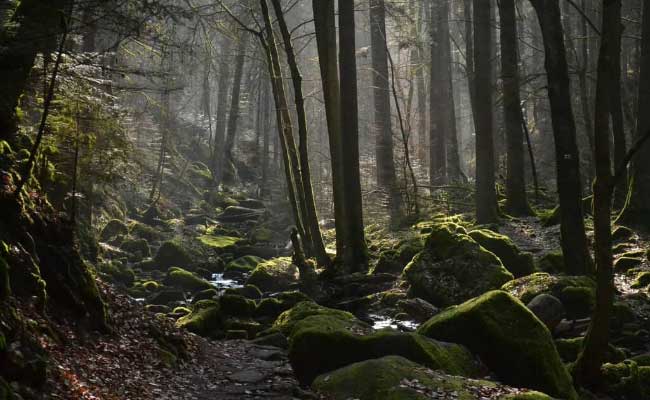The Amazon Rainforest is the largest tropical rainforest in the world, covering an area of approximately 5.5 million square kilometers across nine countries in South America. It is home to a diverse range of flora and fauna, as well as indigenous communities who have lived in the rainforest for centuries. Despite its importance, the Amazon Rainforest is facing a range of threats, including deforestation, climate change, and illegal mining.
Importance of the Amazon Rainforest
The Amazon Rainforest is often referred to as the “lungs of the planet” because it produces 20% of the world’s oxygen. It is also home to a diverse range of plant and animal species, many of which are found nowhere else on Earth. The rainforest plays a crucial role in regulating the Earth’s climate by absorbing and storing large amounts of carbon dioxide, which helps to mitigate the impacts of climate change.
Indigenous Communities
The Amazon Rainforest is also home to numerous indigenous communities who have lived in the region for centuries. These communities have a deep understanding of the rainforest and its ecosystem, and their traditional knowledge is essential for its conservation. However, many indigenous communities in the Amazon are facing threats from the expansion of agriculture, illegal mining, and other development activities.
Deforestation
One of the biggest threats to the Amazon Rainforest is deforestation, which is largely driven by agricultural expansion. Large areas of forest are cleared to make way for cattle ranching, soybean farming, and other crops. Deforestation not only destroys the habitat of countless plant and animal species, but it also contributes to climate change by releasing large amounts of carbon dioxide into the atmosphere.
Climate Change
Climate change is also having a significant impact on the Amazon Rainforest. Rising temperatures and changes in rainfall patterns are affecting the rainforest’s ecosystem, making it more susceptible to wildfires and droughts. These changes could lead to the loss of many species and irreversible damage to the rainforest.
Illegal Mining
Illegal mining is another significant threat to the Amazon Rainforest. Mining for gold, diamonds, and other minerals is a lucrative business in the region, and many miners operate illegally, without regard for environmental regulations. Mining can cause significant damage to the rainforest, including deforestation, pollution of rivers and streams, and destruction of wildlife habitats.
Conservation Efforts
Despite the threats facing the Amazon Rainforest, there are numerous conservation efforts underway to protect it. The Amazon Conservation Association, for example, works to protect the rainforest and its biodiversity by supporting research, community conservation initiatives, and policy advocacy. Other organizations, such as the Rainforest Foundation US and Amazon Watch, also work to protect the rainforest and its indigenous communities.
In addition to conservation efforts, there are also efforts to promote sustainable development in the region. The Sustainable Amazon Foundation, for example, works with local communities to promote sustainable land use practices, such as agroforestry and ecotourism, that can provide economic benefits while protecting the rainforest.
Conclusion
The Amazon Rainforest is a vital part of the Earth’s ecosystem, providing oxygen, regulating the climate, and supporting a diverse range of plant and animal species. However, it is facing numerous threats, including deforestation, climate change, and illegal mining. It is essential that we take action to protect the rainforest and its indigenous communities, through conservation efforts and sustainable development practices. By working together, we can help to ensure that the Amazon Rainforest continues to thrive for generations to come.
![]()





